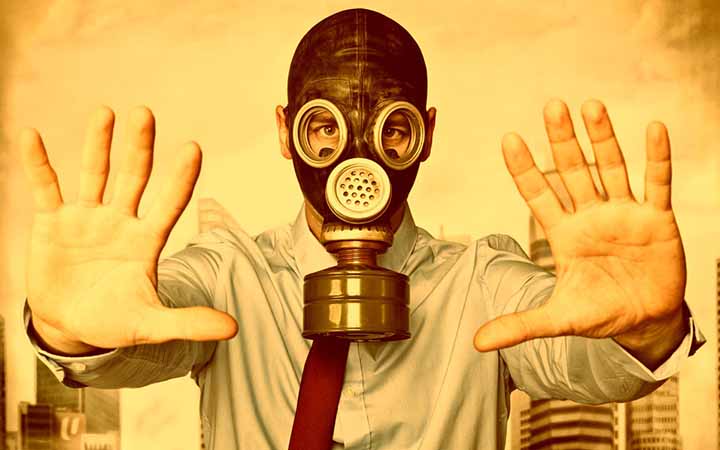Last Updated on January 7, 2021
Every year, 33.1 million people across the US experience household consumer products incidents, including injury, property damages or death.
There are hidden, undetected toxins all around your home in things you use every day.
According to the Environmental Protection Agency, the air inside your house might be 2 to 100 times more polluted than the air beyond your front door. How is it possible? It turns out that the air you’re breathing inside your home may include chemical by-product, fungi, or contaminants that can harm your health.
You may feel overwhelmed when reading about all these dangers inside your home but the good news is that it only takes simple steps to properly protect yourself and your family.
 Here are the most commonly used things that may be hazardous to your health:
Here are the most commonly used things that may be hazardous to your health:6. Water

Tap water has been found to include up to 700 chemicals, including many that have been linked to cancer, immune system damage, and hypothyroidism.
Chemicals such as perfluorochemicals (found in Teflon-coated pans), cadmium (extremely toxic metal used in batteries), and PCBs or polychlorinated biphenyls (found in fluorescent lighting), as well as other chemicals, make their way into your tap water when they’re dropped into soil, contaminating groundwater.
Even worse, when contaminants in tap water are heated, they can become inhalable gasses in the shower.
To prevent exposure to inhalable gasses, you can buy a showerhead filter, as it can remove chlorine, chloramines, barium, lead, and mercury. (Various models are available for under $200)
You can find out more details about the water in your area by visiting ewg.org/Tap-water and entering your Zip code.
5. Air Fresheners

Using Air fresheners either in excessive or small amounts in an unventilated area can release high toxic levels of pollutants. Anything you inhale eventually ends up in your bloodstream.
Air fresheners, in particular, are associated with many volatile organic compounds, such as nitrogen dioxide. Some fresheners also contain paradichlorobenzene, the same chemical emitted by mothballs.
Also, synthetically scented candles or plug-in scents may contain chemicals called phthalates, which have been linked to reproductive problems.

7 Things You Need to be Cleaning More Often




Comments
Loading…
Comments
0 comments